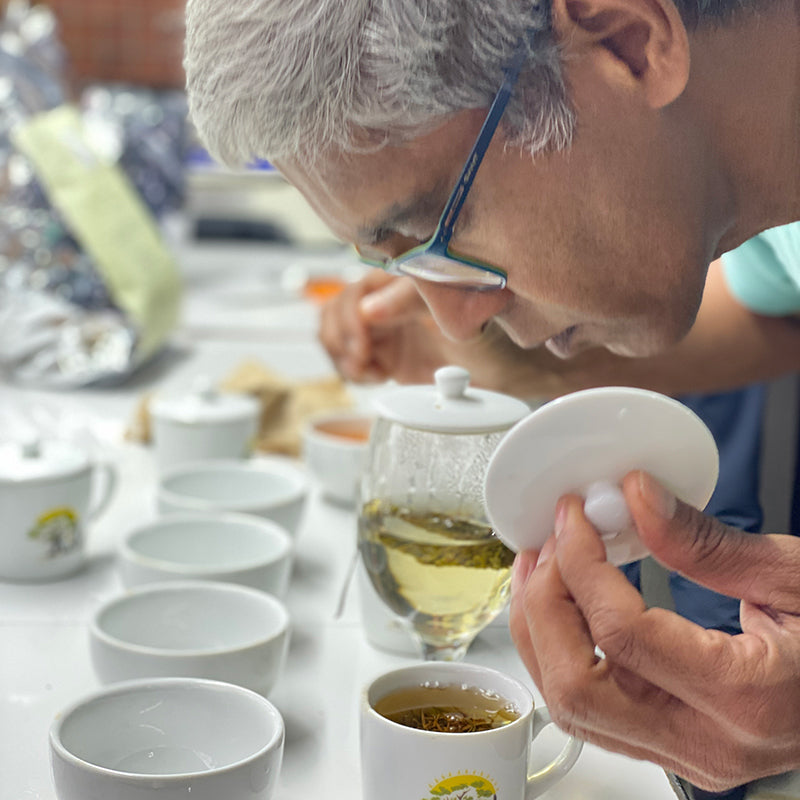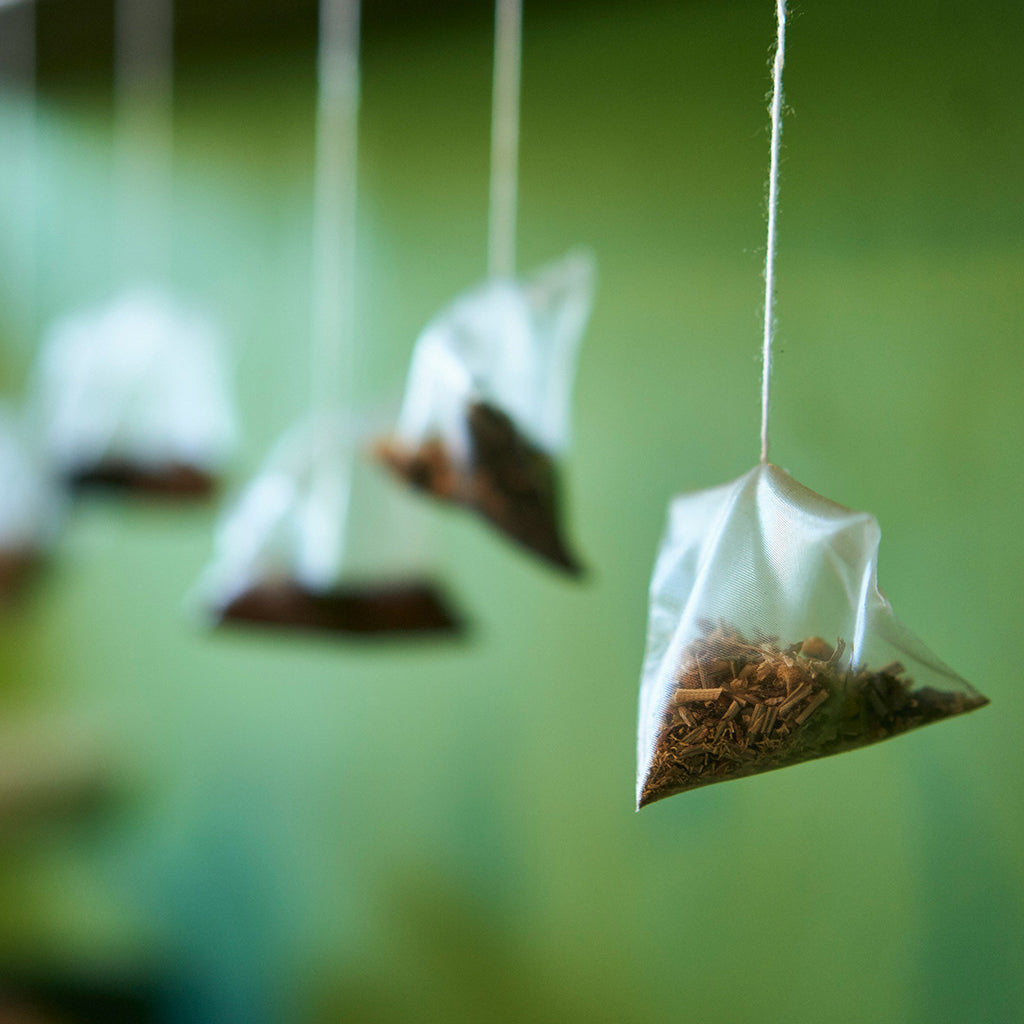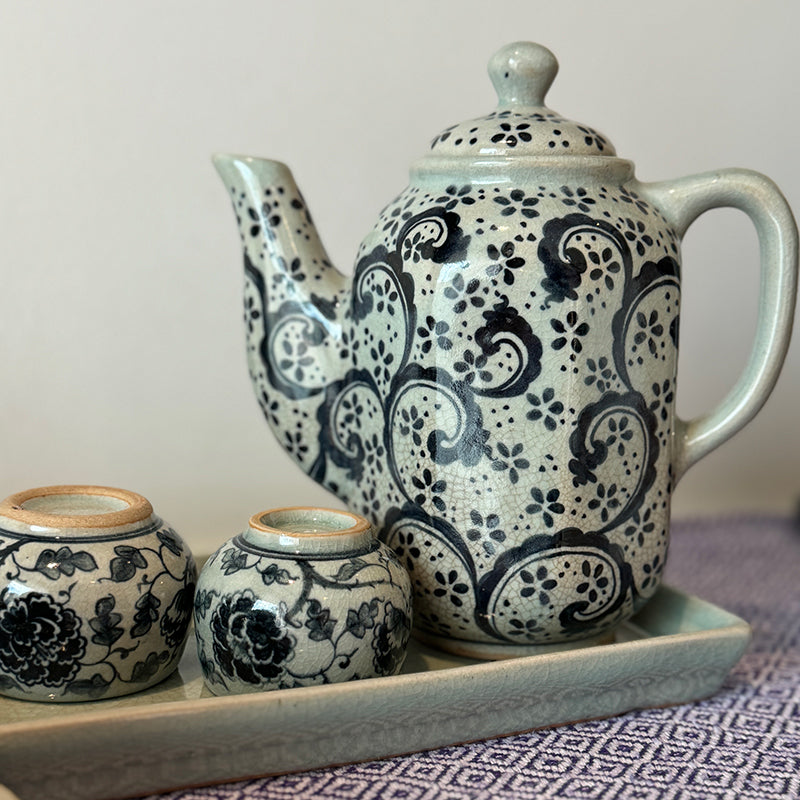The Tea Plant
Camellia Sinensis, the evergreen plant from which all types of tea are derived, has been enchanting tea enthusiasts for centuries. Whether sipped as a steaming cup of Earl Grey, a refreshing glass of iced green tea, or a calming matcha latte, the various teas brewed from Camellia Sinensis have become an integral part of cultures worldwide. This humble shrub has a rich history, fascinating cultivation process, and a wide array of health benefits that have made it an enduring and beloved beverage. In this article, we will explore the captivating journey of Camellia Sinensis and the significant role it has played in human history.
The Origin of Camellia Sinensis
The story of Camellia Sinensis begins in the mist-covered mountains of China, where legend attributes its discovery to Emperor Shen Nong over 4,000 years ago. As the story goes, a few leaves from the Camellia Sinensis plant accidentally fell into a pot of boiling water, creating a fragrant brew that the emperor found both invigorating and rejuvenating. And thus, the art of tea-making was born. Over time, the knowledge of cultivating and processing tea spread to neighboring regions, such as Japan, India, and Korea, and eventually reached the far corners of the world.


Cultivation and Varieties
Camellia Sinensis thrives in regions with specific climatic conditions, including ample rainfall, high humidity, and moderate temperatures. These conditions are commonly found in mountainous areas at elevations ranging from 2,000 to 7,000 feet above sea level. The plant is characterized by its glossy green leaves and delicate white blossoms, which emit a subtle fragrance.
There are several varieties of Camellia Sinensis, each offering unique flavors and aromas in the final tea product. The two primary varieties are Camellia Sinensis var. Sinensis, which is native to China and preferred for producing green and white teas, and Camellia Sinensis var. Assamica, primarily found in India and used for black and pu-erh teas. Within these varieties, countless cultivars exist, each with distinct characteristics and nuances, giving rise to the diverse world of teas we know today.
Processing and Types of Tea
The captivating taste and aroma of tea can be attributed to the intricate processing methods applied to Camellia Sinensis leaves. The degree of oxidation the leaves undergo during processing determines the type of tea produced. Green tea, for example, is minimally oxidized, preserving the vibrant green color and delicate flavors of the leaves. On the other hand, black tea is fully oxidized, resulting in a bold, robust flavor and dark liquor.
In addition to green and black tea, other types such as oolong, white, yellow, and dark (pu-erh) teas are produced through variations in processing techniques. Each type boasts its unique health benefits and flavor profiles, catering to a wide range of tastes and preferences.


Health Benefits and Cultural Significance
Beyond its delightful taste, tea brewed from Camellia Sinensis leaves is celebrated for its numerous health benefits. Rich in antioxidants, tea is believed to help combat oxidative stress and reduce the risk of chronic diseases. The presence of polyphenols, catechins, and other compounds in tea leaves contributes to its potential to boost the immune system, support heart health, and promote overall well-being.
Moreover, tea has played a vital role in cultural traditions and social rituals across the globe. In countries like China and Japan, tea ceremonies are deeply ingrained in their cultural heritage, symbolizing harmony, respect, and tranquility. In Britain, afternoon tea gatherings have become a cherished custom, where tea is served with an assortment of scones, sandwiches, and pastries. The universality of tea as a unifying beverage transcends borders, making it a symbol of hospitality and friendship.
Camellia Sinensis, the unassuming plant that sparked a global obsession with tea, continues to captivate us with its enchanting flavors, rich history, and numerous health benefits. From ancient legends to modern-day indulgences, tea remains a timeless elixir that has woven itself into the fabric of cultures worldwide. As we savor each sip of our favorite tea, let us raise our cups in appreciation of this extraordinary plant and the centuries of tradition it represents.




